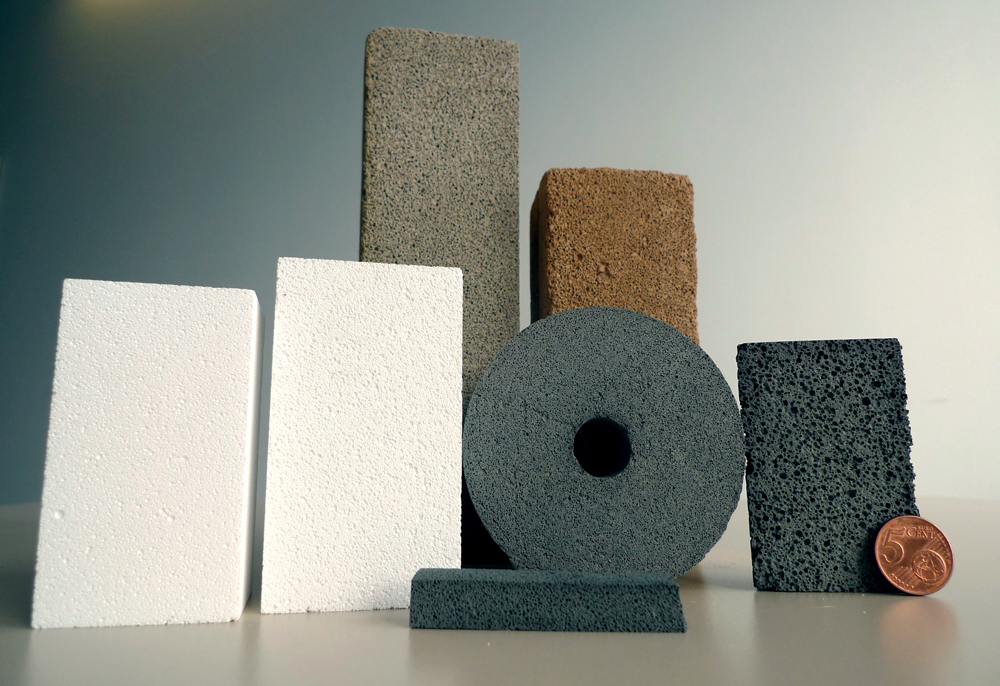


Even if the detectable amounts of drug and pesticide residues in surface water and drinking water do not pose an acute health hazard, there is no doubt that the permanent introduction of such substances into water is associated with health and environmental risks. Unfortunately, such residues can only be retained unsatisfactorily with the currently established water treatment processes and more effective processes are considerably more expensive than the currently used ones. The aim of the project is therefore to develop an inexpensive process for the removal of such pollutants and to develop the necessary active masses, which can be used to convert the pollutants into harmless substances. For this purpose, a reaction principle already well known from the remediation of contaminated sites is to be used, whereby the pollutants are degraded by reaction with inexpensive iron alloys or converted into those with a lower ecotoxicological hazard potential. However, the chemical reactions that cause this have so far been too slow. This is due to the active masses that form blocking surface layers over time. In order to compensate for this disadvantage, the active mass made of special iron is to be applied to floating ceramic foam balls as a reusable carrier. If such a composite material is introduced into a waste water stream, the balls rub against each other, whereby the blocking surface layer is regularly rubbed off and the reactivity is maintained. In this way, it should also be possible to treat large waste water streams.
The aim of the project is to develop a high-throughput process based on redox-active active masses for the removal of bio-refractory pollutants from waste water. With these such pollutants will be converted into harmless substances cost-effectively.
The intended innovation consists of combining partly known approaches from the fields of materials research / metallurgical and ceramic technology and electrochemical catalysis into a innovative, efficient and inexpensive material concept for the separation/disposal of pollutants from waste water or groundwater, which have not been efficiently separable so far, at least from an economic point of view. The very different technological approaches have not yet been combined in this way.
Materials development is based on widely available domestic raw materials such as clays for the production of ceramic substrates and ferrous alloys. Reuse studies are part of the project.
The project pursues the following scientific and technical objectives:
Hans-Jürgen Friedrich
Fraunhofer-Institut für Keramische Technologien und Systeme (IKTS)
01109 Dresden
Photo credits: ©Fraunhofer IKTS